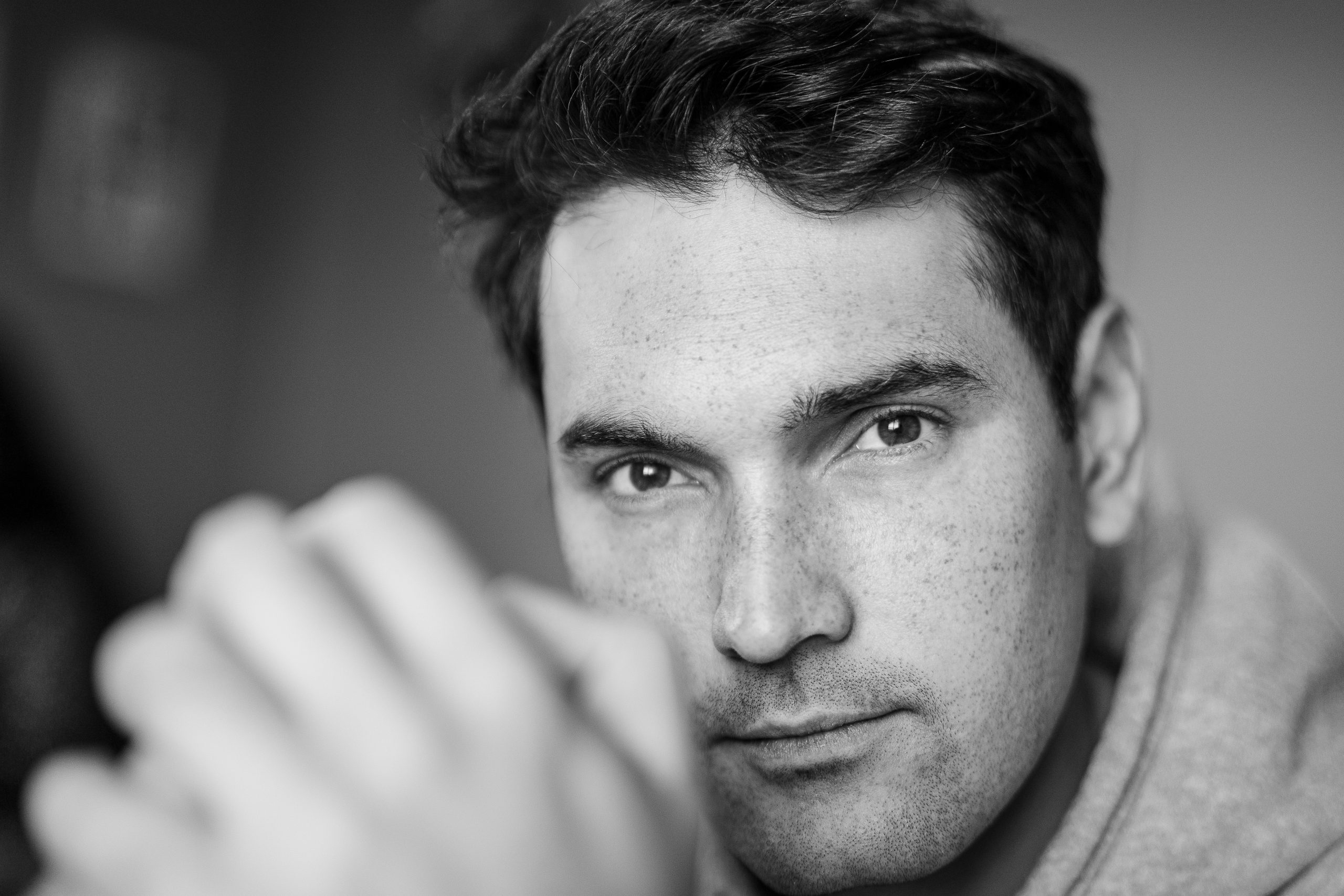Guest blog by MRC Coach and Consultant Paul Morris
“Be yourself – everyone else is already taken” Oscar Wilde
With all due respect to Mr Wilde, when it comes to change, the nature of the beast is that sometimes what is required of us is to actually become someone else.
Or, more accurately, another version of ourselves.
The mechanics of anything is a description of the steps taken to affect change, a change of dynamic, from one version to another. The prime element in this process is that of doing, of acting out something, which is different (that beast again) to the way we usually do it.
Did you know that far fewer muscles are employed in the mechanics of smiling compared to those of frowning?
Even so, if you were asked to smile on a miserable day you’d probably be justified in saying “I just don’t feel like it, it feels unnatural”.
Equally, try saying aloud the word ‘bubbles’ when you’re feeling angry. It will probably feel incongruent, or even better, change anger to bubbliness!
However, mechanics doesn’t consider how you are feeling; it is just an action with (hopefully) a meaningful outcome.
Just as in the idea of ‘fake it till you make it/first do it, then understand’ (read more about this here), it’s the external behaviour of a smile that can affect how we feel inside. Acting out a positive interaction, for example, with a colleague can improve what has previously been experienced as conflict.
“I can’t act. It’s just not me!”
Really?
I reckon we all love good stage or film actors precisely because of the way they make us feel. Imagine if we could make our good selves feel better because of the way we act.
As an alternative to the notion that ‘change begins from within’ perhaps we might turn that one on its head.
First, act outside of the box!
Try this for a change
-
Put your hands out in front of you, palms and fingers open.
-
Bring and clasp your hands together, interlocking your thumbs and fingers together (as if in supplication, or praying; acting that out is optional).
-
Notice which of your thumbs (right or left) is on top.
-
Open again your hands in front of you.
-
This time, clasp them together but interlocking the thumbs and fingers the opposite way round (right over left, or left over right).
How does that feel?
Probably weird, a little uncomfortable or unnatural? Well, of course it would, because the first way of clasping hands for us non-ambidextrous types is our original, default way, an age-old habit.
However, here’s the good news.
-
Repeat no. 5 several times until it feels normal, comfortable and natural.
A new habit has formed.
Such is the mechanics of change.
I’m going to go out on a limb and suggest that most of us don’t aspire to be ambidextrous in our search for well-being, but that we might apply those mechanics and actions to the things which do matter to us.
After all, as one great Elizabethan playwright and actor said,
“All the world’s a stage” “And all the men and women merely players”
Are you ready to learn some acting skills?
Check out Paul Morris, international coach and consultant and his MRC Men’s Work Coaching Program



